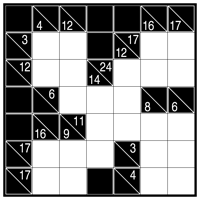Different symbols and its meaning and origin
Symbols have their own world.Each of the symbols have its own meaning and history.A symbol can represents an idea,thought or situation.I always get attracted with different types of symbols and then i get curiosity to know what that symbol is all about,what does it signify,and believe me those little symbols contains lot of information you can ever imagine.In this post I'am going to tell you about some of the symbols,there meaning,origin and history.Recently i saw the website of Dan Brown's novel The Lost Symbol .It had a game about symbols in which you have to identify the symbol.I assume most of the people have seen that but do you know what are all that symbols is about? How they came into existence and what they mean or signify?.So i will take some of the symbols from that and going to answers all the above questions. 1) Ying and Yang The symbol came into existence long back during yin dynasty and western zhou dynasty around (1400 BC) in china.Th...
